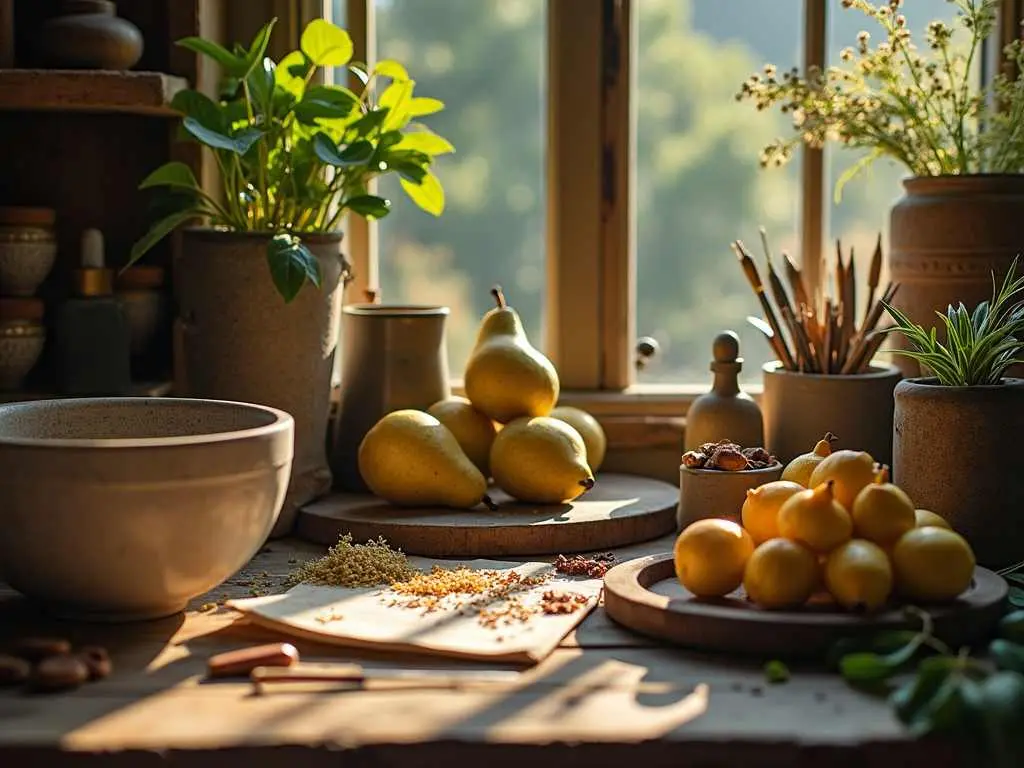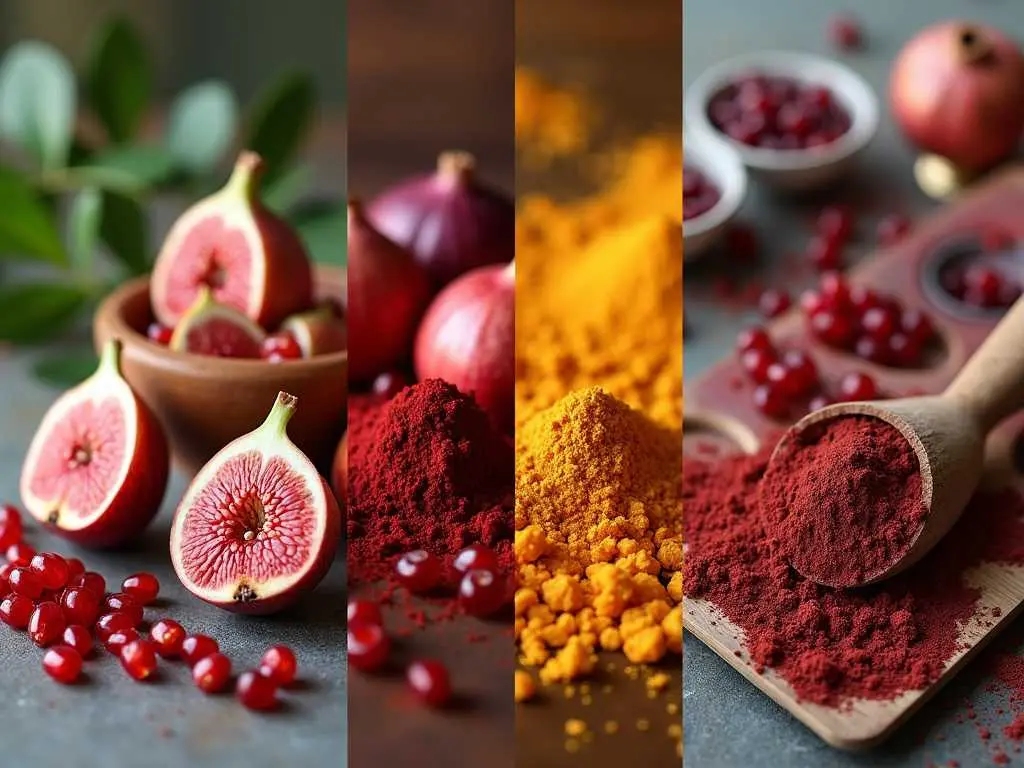In the world of artisanal craftsmanship, timing is everything. The concept of peak ripeness—the precise moment when ingredients achieve their full potential in flavor, aroma, and nutrients—has become a cornerstone for artisans across diverse domains. From food and drink to beauty, health, art, and fashion, artisans are embracing nature’s perfect timing to create exceptional products that celebrate quality, sustainability, and creativity. This article explores how peak ripeness transforms artisanal creations into masterpieces of sensory delight and cultural significance.
The Essence of Peak Ripeness in Artisanal Creations
What Is Peak Ripeness?
Peak ripeness refers to the moment when an ingredient reaches its optimal state for use—whether it’s a fruit bursting with flavor, an herb at its most aromatic, or a pigment at its richest hue. This fleeting window is critical for artisans who prioritize quality over quantity. By capturing ingredients at their zenith, they ensure that their creations are imbued with unparalleled vibrancy and authenticity.
Why It Matters
The benefits of peak ripeness extend beyond flavor. Nutritional value, texture, and aroma are all enhanced when ingredients are harvested or used at their prime. Additionally, the philosophy of peak ripeness aligns with sustainability by reducing waste and promoting seasonal practices.
Key Benefits of Peak Ripeness:
- Flavor: Ingredients offer a depth and complexity that cannot be replicated artificially.
- Nutrients: Peak-ripe produce retains the highest levels of vitamins and minerals.
- Shelf Life: Properly preserved peak-ripe ingredients last longer without synthetic additives.
- Aroma: Enhanced natural scents elevate sensory experiences in food, beauty products, and more.
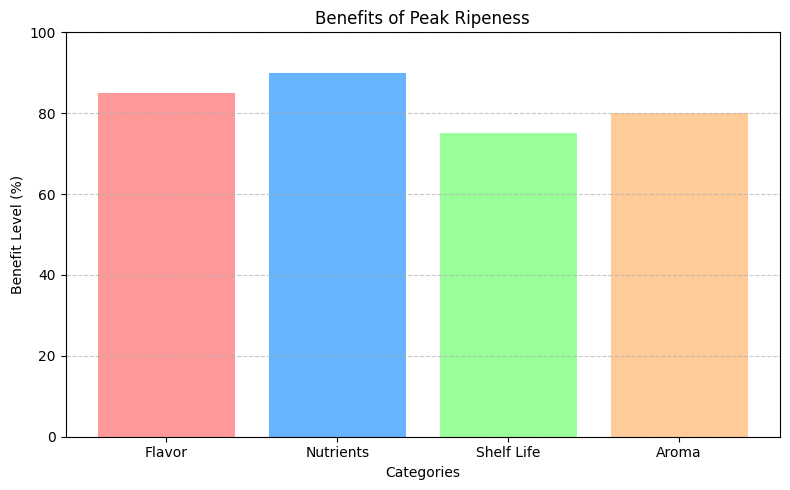
Artisans Who Harness Peak Ripeness
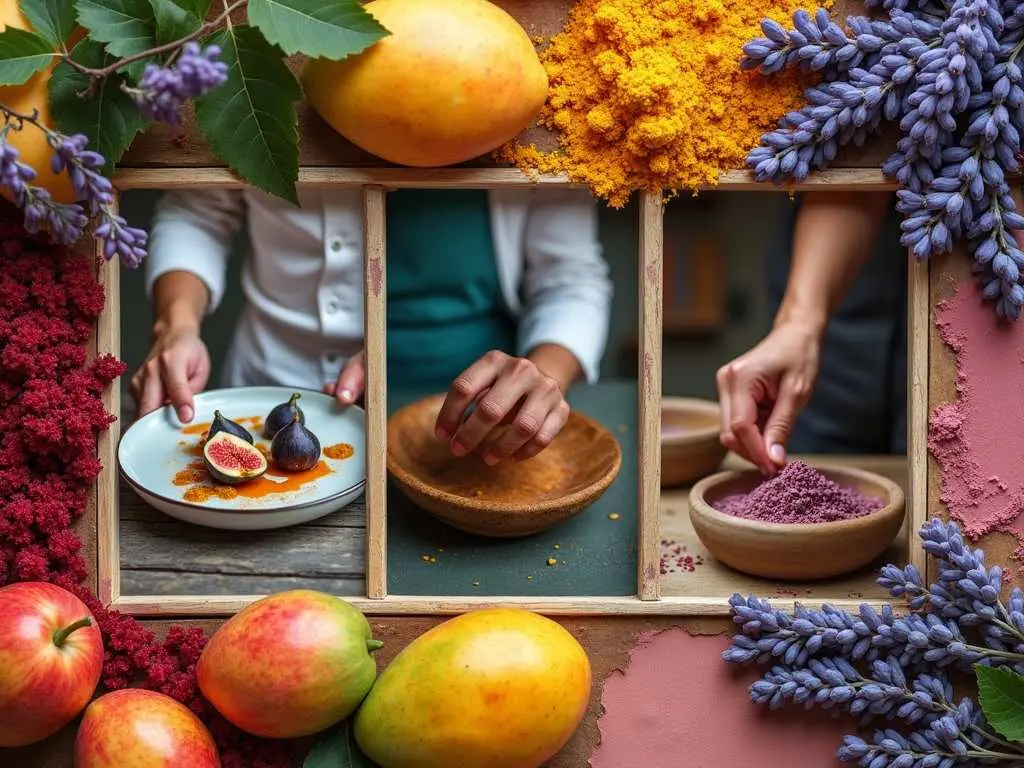
1. Culinary Innovators
Chefs and food artisans are among the most passionate advocates for peak ripeness. By sourcing ingredients at their prime, they create dishes that celebrate nature’s bounty.
- Farm-to-Table Restaurants: Establishments like Tallulah Crafted Food & Wine Bar focus on seasonal menus that highlight locally grown produce picked at its peak. Studies show that fresh, local food not only tastes better but also retains more nutrients.
- Artisanal Ice Cream Makers: Makers like those studied in Philadelphia craft unique flavors such as Cherry Hibiscus by using seasonal fruits harvested at their ripest.
2. Beverage Crafters
From coffee roasters to winemakers, beverage artisans rely on timing to achieve excellence.
- Coffee Roasters: Hand-picked coffee cherries at peak ripeness yield beans with complex flavor profiles cherished by connoisseurs.
- Winemakers: Grapes harvested at their optimal sugar-acid balance produce wines with superior depth and character.
3. Beauty Artisans
Natural beauty products crafted from peak-ripe botanicals offer potent benefits for skin and hair.
- Skincare Brands: Oils extracted from ripe fruits like avocados or olives deliver maximum hydration and antioxidants.
- Fragrance Creators: Perfumes made from peak-ripe flowers capture the essence of nature in its most vibrant form.
4. Artists
Artists working with natural pigments or materials often wait for peak ripeness to achieve the richest colors and textures.
- Textile Designers: Natural dyes derived from ripe plants provide unparalleled vibrancy in fabrics.
- Painters: Pigments sourced from minerals or plants at their prime result in enduring works of art.
The Science Behind Peak Ripeness
The chemistry of peak ripeness is as fascinating as its artistry. Nutrients like carotenoids, flavonoids, and essential oils reach their highest concentrations during this period. However, these benefits begin to degrade shortly after harvest if not preserved properly.
Visual Insight: The graph below shows how nutrient retention declines over time after reaching peak ripeness. xml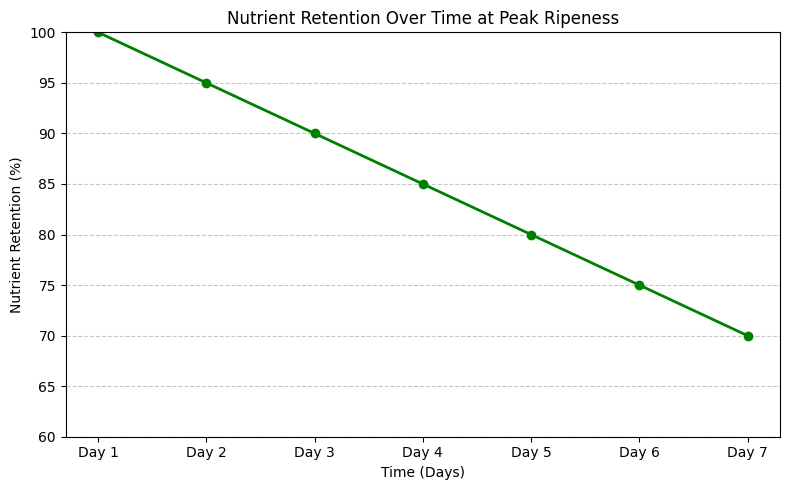
Peak Ripeness Across Domains
Artisans leverage peak-ripened ingredients across various domains:
| Domain | Examples |
| Food | Seasonal dishes, artisanal cheeses2 |
| Drink | Craft beers, specialty coffees7 |
| Health | Nutrient-dense supplements |
| Beauty | Skincare oils from ripe botanicals |
| Flora | Floral arrangements using fully bloomed flowers |
| Fashion | Textiles dyed with natural pigments |
| Art | Paints made from ripe plant-based pigments |
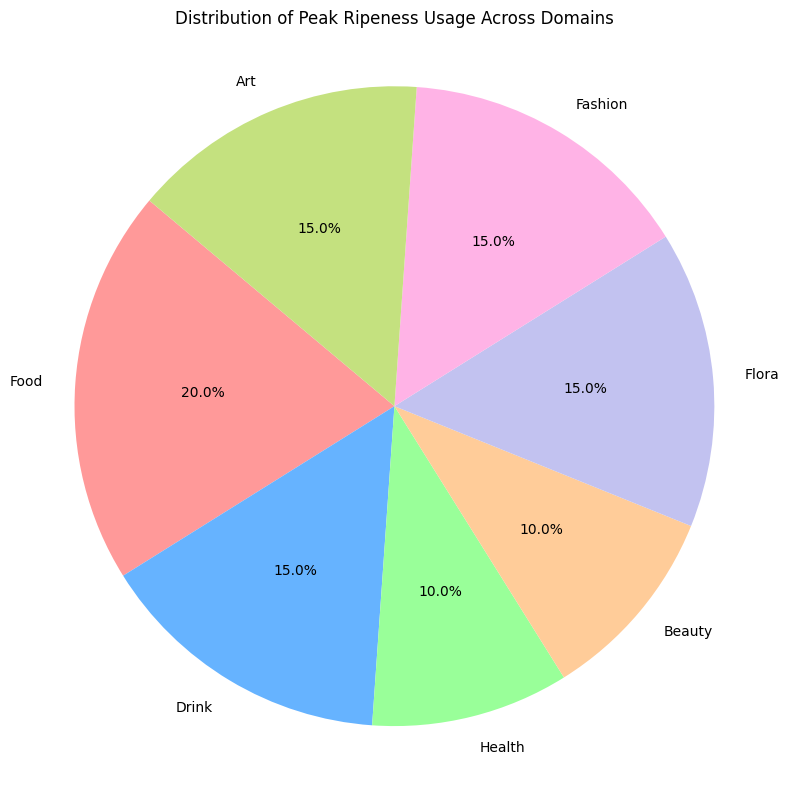
The Philosophy Behind Artisanal Creations
Artisans see themselves as stewards of nature’s gifts. Their work is not merely about crafting products but telling stories—of seasons, landscapes, and cultures. This philosophy resonates deeply with consumers seeking authenticity in an increasingly mechanized world.
People Also Ask
1. Why is peak ripeness important for artisanal products?
Peak ripeness ensures maximum flavor, nutrients, and sensory appeal while aligning with sustainable practices.
2. How do artisans preserve ingredients at their peak?
Methods like freezing, fermentation, or small-batch processing lock in nutrients and flavors without artificial additives.
3. What makes artisanal creations different from commercial products?
Artisanal creations emphasize quality over quantity through handcrafting techniques and the use of premium ingredients harvested at their prime.
Conclusion
PeakRipe celebrates the artistry of timing in crafting extraordinary creations. By embracing nature’s rhythms and prioritizing quality over convenience, artisans across food, beauty, art, and beyond remind us of the beauty inherent in life’s fleeting moments. Their work inspires us to savor every detail—at its peak.
References
- Eden Green: Benefits of Eating Locally Grown Produce
- Crockett Coffee: Coffee Harvesting’s Impact
- PMC: Artisanal Food Chemistry
